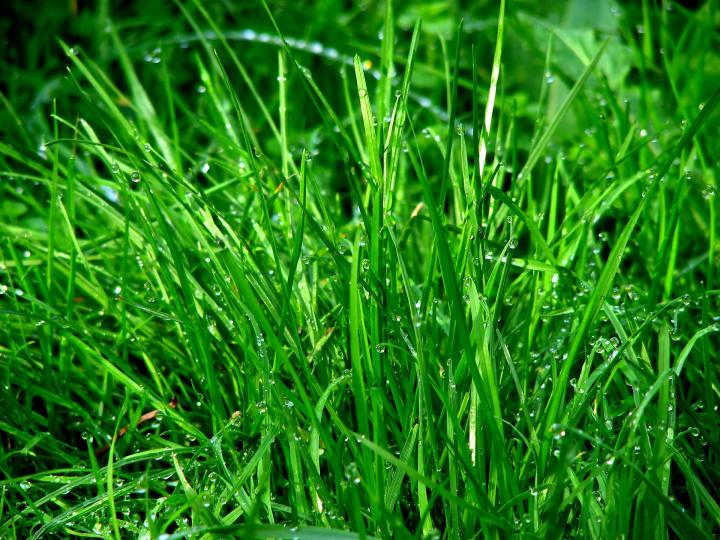
The uncomfortable weather of July is often due to humidity, not heat. Find out more about humidity and what it means to be humid!
How Can You Tell That It's Humid?
ADVERTISEMENT
Being in the south, Alabama, 20 miles from the Gulf, as the article mentions, it's very humid in the summer. As the saying goes, you can cut the air with a knife. Knowing the humidity makes the air very uncomfortable. Curiosity, I bought gages with both the temp and relative humidity readings. Having three of them, they all were within 1-2 degrees, so were fairly accurate it seemed. I have charts that notes the Heat Index for various readings as OFA also has. But many times the Heat Index is off the chart(s). Searching the NET found a web site that inserting the temp and
humidity it instantly gives the Heat Index. From NOAA https://www.wpc.ncep.noaa.gov/html/heatindex.shtml It's a fun site. One table is for Dew Point and another is for Relative Humidity.
To make matters more confusing, I found a site showing the formula to determine the Heat Index, quite complicated. From the National Weather Service: https://www.weather.gov/ama/heatindex
A sampling of my record keeping My Codes:
FS = Full Sun, gage placement
PS = Partial Sun
OC = Over Cast
HI = Heat Index Temp (from chart) degrees
HM = Humidity
HD = Heat of Day @ 2:00 pm
OT = Outside Temp
IT = Inside Temp
7/07 OT FS HD 115 F HM 90% HI = off the chart HI = 151 degs (per the input table)
Ready for winter. The south may be hot, but in Vermont 2 or 3 years ago it was 104 in the shade.
Hate the summers heat and humidity. I'm already counting down the days for Fall and my favorite season Winter. I'm much more comfortable in colder weather than summer. Now I'm very irritable, sluggish, can't breathe, loose weight from lack of eating. For those who love summertime heat,you can have this horrible heat I'm praying for the quick end of summer.
I feel the same. I'd rather have much cooler weather all year long. This heat and humidity is awful.
Good morning Bob! Thanks for another good article! The dew points in Houston have been in the high 70s almost all summer, each morning it is 79° and I have seen several handfuls of 80°and 81° dew point readings. I’ve lived here all my life and it seems like this summer has been the worst. Even five years ago our dew points rarely got above 76. I’m not sure what the change is, but I don’t like it! So many people don’t even know what I’m talking about when I mention this reading, so I’m going to send them your article! Happy stargazing and I hope you have clear skies for Mars viewing!








